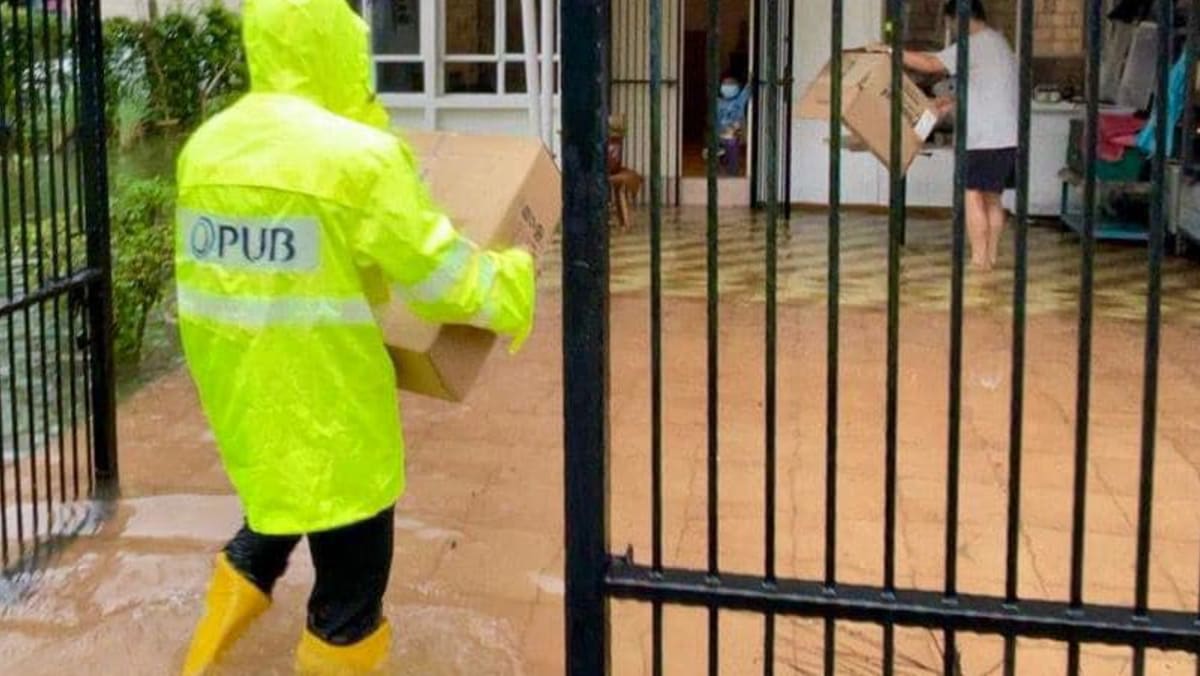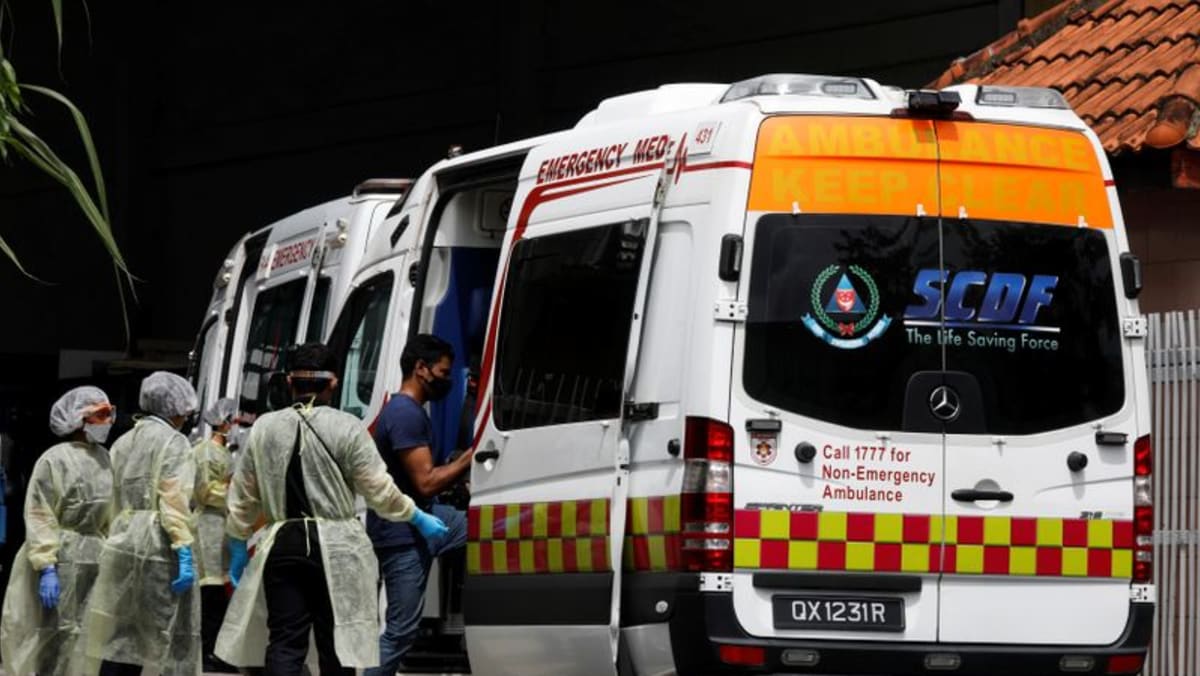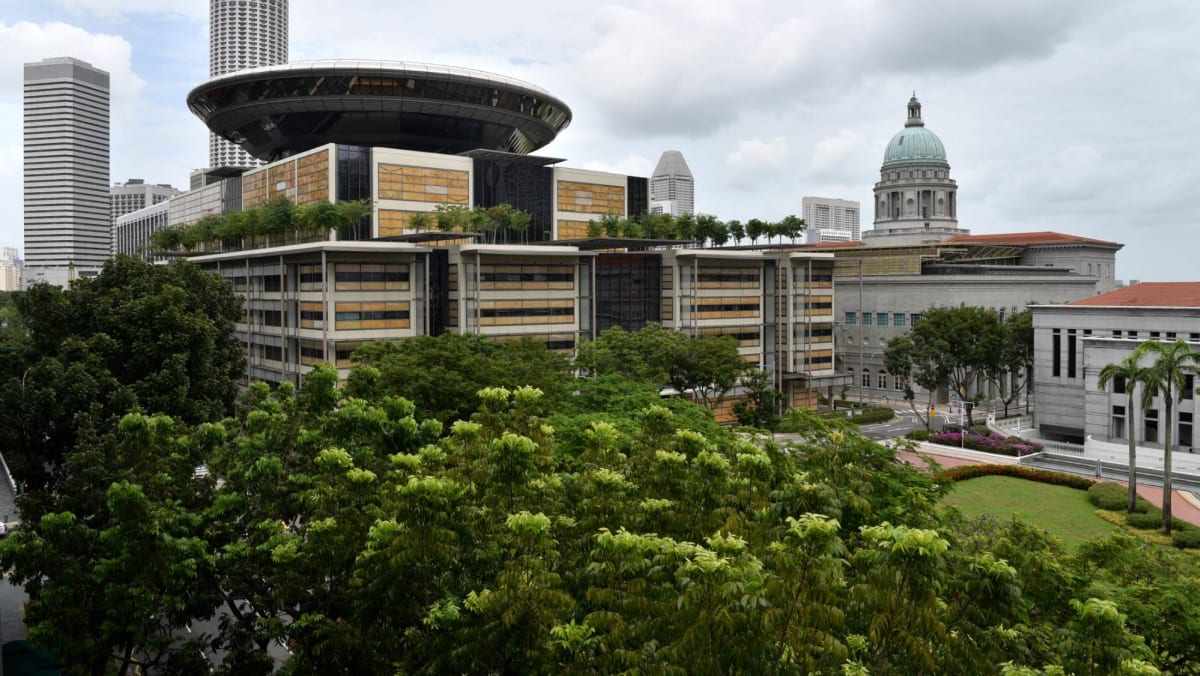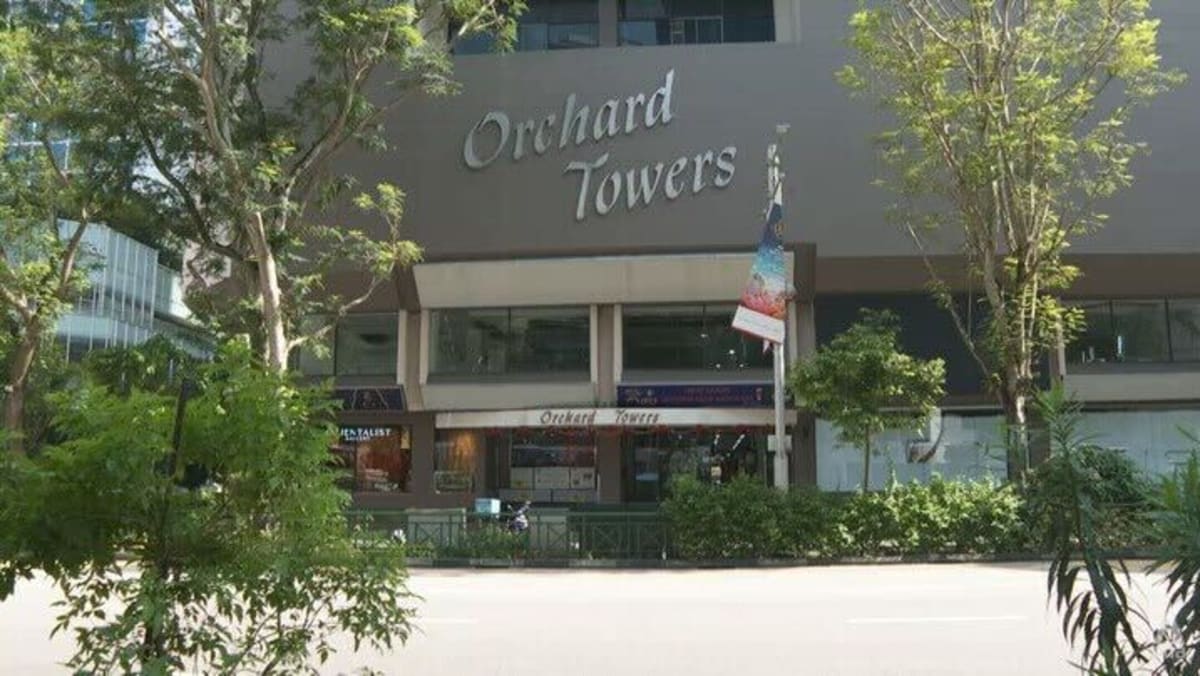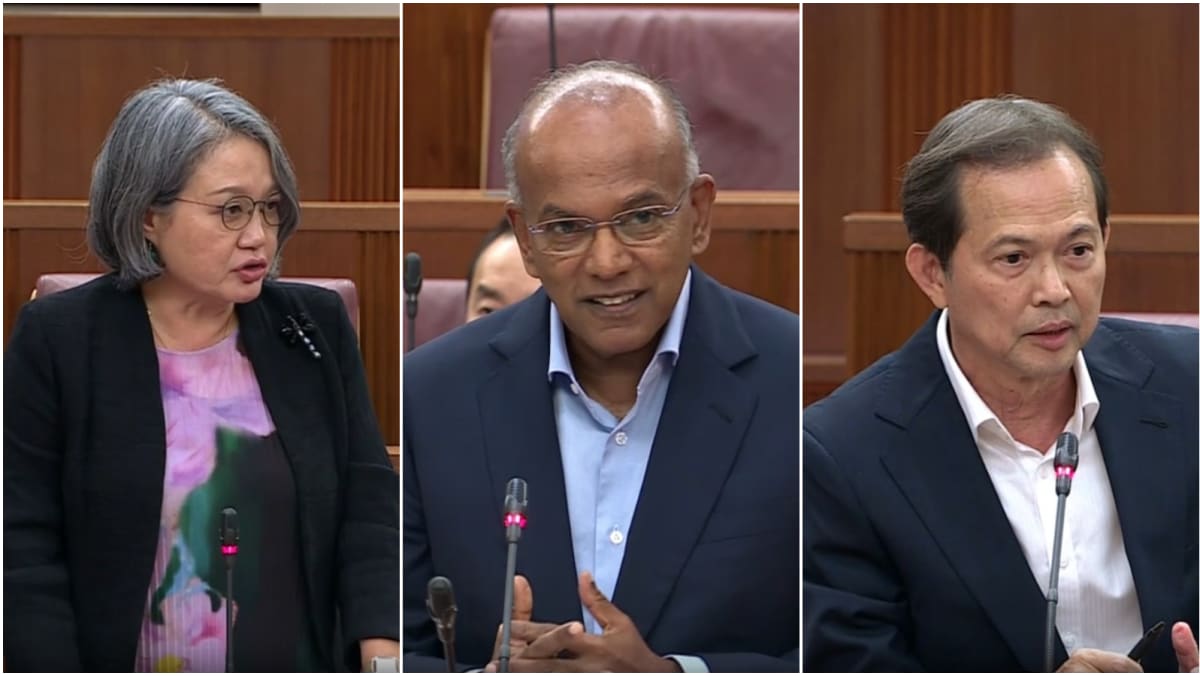However, she emphasised it was “neither practical nor prudent” to keep building more drains or expanding drainage infrastructure.
“Doing so would require significant land and financial resources, which would then not be available for other important uses,” said Ms Fu. “To put things into perspective, flooding in Singapore is localised and typically subsides within an hour.”
She said it would be more effective to build up Singapore’s flood resilience at a “systems” level, giving building owners, developers and the wider community a part to play alongside the government.
For instance, PUB’s code of practice on surface water drainage provides requirements for minimum platform and crest levels for buildings, and flood protection measures that building owners and developers must implement to protect their premises.
In November 2024, amendments to the Sewerage and Drainage Act were also passed to ensure that owners and developers continue to operate and maintain the flood protection measures in their premises properly after implementation.
Responding to a supplementary question from MP Desmond Choo (PAP-Tampines) on whether the government expects to invest more as flood occurrences pick up, Ms Fu said it was not always “financially wise” to prepare for such extreme events.
“That will mean dedicating a lot of land, a lot of financial resources to protect us for those events that may not occur so regularly, or in places where it doesn’t occur regularly,” she added.
“So it is still the same message that while (the) government will look at improving our infrastructure, we need community, we need businesses … to also undertake protection measures to protect themselves, protect their properties and protect their family.”
MP Saktiandi Supaat (PAP-Bishan-Toa Payoh) also asked if residents and businesses affected by floods could receive financial or logistical support.
Ms Fu said the government expects developers to plan for infrastructure and protection measures in their budgets, which would then be reflected in land price and development costs.
“Over the years, actually, we have been reducing the flood-prone areas significantly … In the most recent monsoon surges, we only had one significant reported flood incident,” she said.
“So as and when they are needed, we will offer more help, and we will keep very close contact with the public; with businesses.”





